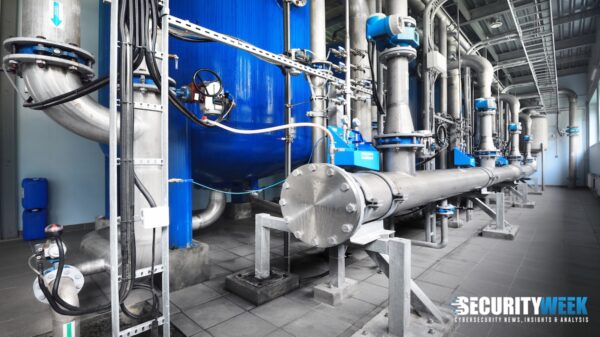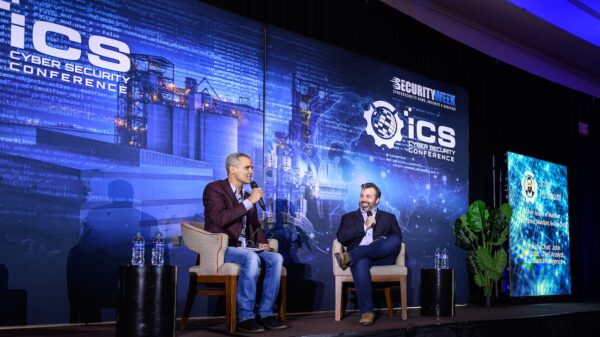Rockwell Automation this week announced that it teaming up with industrial cybersecurity startup Claroty to combine their security products and services into future, combined security offerings.
Rockwell, an industrial automation giant with more than 22,000 employees, said that after a competitive review process it selected Claroty for its anomaly-detection software purpose built for industrial network security.
Armed with $32 million in funding through Series A and a Series B rounds, Claroty exited stealth mode in September 2016 to announce a security platform designed to provide “extreme visibility” into Operational Technology (OT) environments and protect critical infrastructure from cyber threats.
Claroty has built a platform that provides broad support for control system manufacturers and employs “high-fidelity models and advanced algorithms” to monitor industrial control systems (ICS) communications and provide security and process integrity alerts. The platform can inspect a large number of industrial control protocols; with support for both open and proprietary protocols from vendors including Siemens, Rockwell Automation/Allen Bradley, Yokogawa, Emerson, GE, Schneider Electric, Mitsubishi, Honeywell, ABB and more.
“More connected control systems combined with the potential for more attacks on those systems have made cybersecurity a top concern in the industrial world,” said Scott Lapcewich, vice president and general manager, Customer Support and Maintenance, Rockwell Automation. “Claroty’s deep-visibility software platform and expertise in industrial security made the company a natural fit for substantial collaboration as we grow our existing portfolio of security service and support offerings.”
“The Claroty platform can detect a bad actor’s activities at any stage, whether they’re trying to gain a foothold on a network, conduct reconnaissance or inflict damage,” said Amir Zilberstein, co-founder and CEO, Claroty. “It also can detect human errors and other process integrity issues, which are often more common than threats from bad-actors. For example, the software monitors for critical asset changes that, if done incorrectly, could result in unexpected downtime. The system also identifies network-configuration issues that could expose a system to outside threats.”
Related: Learn More at SecurityWeek’s ICS Cyber Security Conference
















